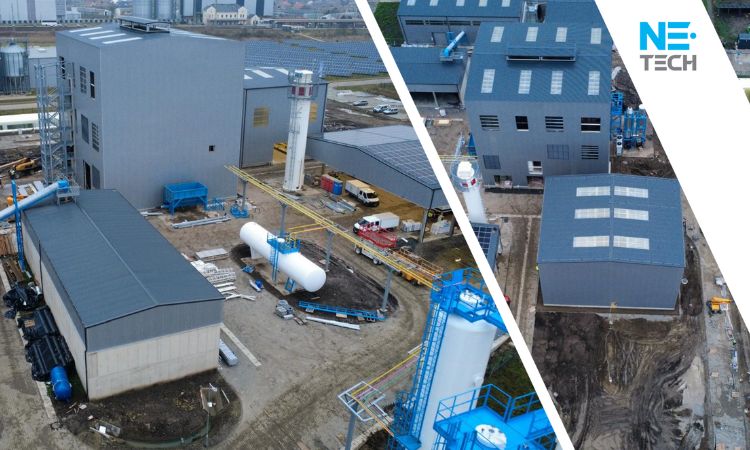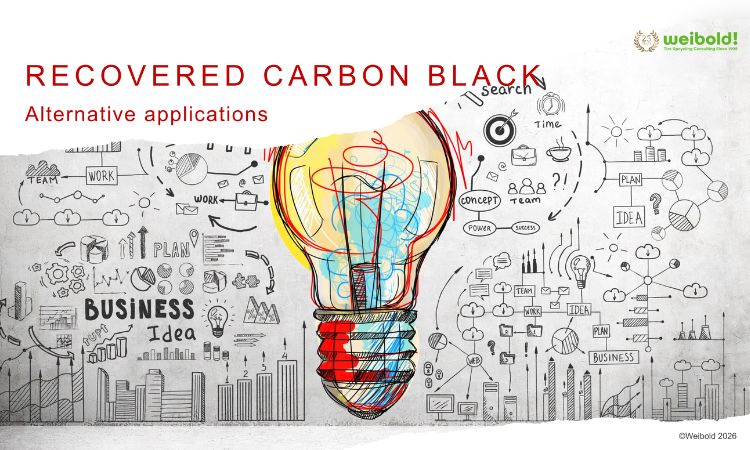Natural rubber prices continue to stay low despite fluctuations
By mid-May all price-gains made earlier in the second quarter in the Natural Rubber markets, have been completely diminished. Since then some significant hikes have been recorded in Thailand, Japan, China and Malaysia. However, in overall markets are still far behind the peaks reached in April, which suggests that the attempt by the producer-country to rebalance the market is losing strength. A deal made between Malaysia, Thailand, and Indonesia to cut rubber exports by 615 kilotons during the six months until August has largely driven the market recovery.
The general view of supplier bodies like IRCo (International Rubber Consortium) and ANRPC (Association of Natural Rubber Producing Countries) is that within the next couple of years prices will begin to significantly recover. Speaking at the ERJ’s Future Tire Conference 2016, a senior figure from the tire industry argued, however, that rubber prices remain in a period of long-term decline. “As you all know, raw material prices have gone down and I think this trend will continue,” Jacob Peled, chairman of Pelmar Engineering, said at the event held 24-25 May in Essen, Germany. “My opinion is not very popular, but I think you all have to prepare for fact that both synthetic rubber and natural rubber prices will continue to go down, he said. “It will go down quite sharply.”
According to Dr. Prachaya Jumpasut from “The Rubber Economist” the price volatility until now has been caused by non-permanent factors combined with weak fundamentals. According to him, in the future “the fundamentals still look grim for NR prices to be on a steady increasing trend in the short-term.” However, Dr. Jumpasut also argued that there had been “some improvement in the early part of 2016 and we expect the consumption to increase by 2.4 percent to reach 27.36 million tonnes by the end of this year. This more optimistic outlook will also apply to 2017.” Regardless of these upward reviews, growth rates for this year and the next two years are still on the low side when compared to historical figures. Dr. Jumpasut noted, that the financial crisis of 2008-2009 caused a very sharp drop in consumption by -15.3 percent in 2009 and in contrast, an even sharper pick up of 20.5 percent in 2010. An important factor for the price trends of natural is the stocks-to-consumption ratio and according to “The Rubber Economist” it may not increase as sharply as it was assumed to earlier. Moreover, stocks are expected to remain relatively high, given that the major consumers are either themselves a producer or near the proximity of the producing countries.
Press release by ANRPC.
Weibold is an international consulting company specializing exclusively in end-of-life tire recycling and pyrolysis. Since 1999, we have helped companies grow and build profitable businesses.









